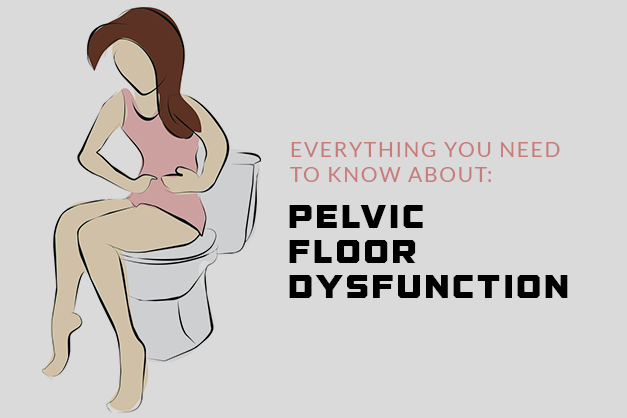Understanding Pelvic Floor Dysfunction: Common Causes and Symptoms
Both men and women can be affected by pelvic floor dysfunction, which has a variety of symptoms and interferes with daily life. We will examine the typical causes and signs of pelvic floor dysfunction in this blog article to help you better understand this disease and how it affects your general health.
Body:
What is Pelvic Floor Dysfunction?
The bladder, uterus, and rectum are among the pelvic region’s organs that are supported by the pelvic floor, which is a combination of muscles, ligaments, and connective tissues. Pelvic floor dysfunction happens when these muscles deteriorate, get overly tight, or have issues with coordination. This may result in a number of symptoms and difficulties doing daily tasks.
Common Causes of Pelvic Floor Dysfunction
Pelvic floor dysfunction can be caused by a variety of reasons. Among them are childbirth, pregnancy, hormonal changes, obesity, persistent constipation, heavy lifting repeatedly, and specific medical diseases including pelvic organ prolapse and urinary tract infections. High amounts of stress and bad posture can also have an adverse effect on the pelvic floor muscles, which can result in dysfunction.
Symptoms of Pelvic Floor Dysfunction
Depending on the particular illness and person, the signs of pelvic floor dysfunction can change. Urinary incontinence (leaking pee), frequent urination, the need to urinate urgently, inability to empty the bladder or bowel, painful urination or bowel motions, pelvic pressure or pain, sexual dysfunction, and lower back or hip discomfort are among the common symptoms. The quality of life and emotional health of a person might be substantially impacted by these symptoms.
Seeking Diagnosis and Treatment
It is crucial to get medical assessment and diagnosis from a healthcare provider who specialises in pelvic floor problems if you think you may have pelvic floor dysfunction. A full evaluation will be conducted, possibly including a physical examination, a review of the patient’s medical history, and sometimes specialised tests. Physical therapy for the pelvic floor, dietary changes, behavioural adjustments, medication, and occasionally surgery are all possible forms of treatment. Restoring good function and reducing symptoms are the two main objectives of treatment.
Conclusion
Understanding the typical causes and symptoms is the first step in finding the right treatment for pelvic floor dysfunction, which can significantly affect everyday living. People can enhance their quality of life and recover control over their pelvic health by treating this issue.




